Cottagecore has been one of the biggest trends in “aesthetics” in the past few years and it doesn’t look like it will be a short-lived craze. The interest in the look for both home design and fashion is growing. The look emphasizes history, simplicity, and nature. Recollections is happy to now be offering clothing based on each of these aspects.
Is cottagecore a vibe or look that you have or want to incorporate into your home or wardrobe? If you’re intrigued or want to learn more about your favorite fashion, I have put together this guide for you. Today I am going to look at:
-The generally agreed-upon definition of cottagecore
-The actual origins of the trend (hint – it didn’t start with the pandemic)
-Why it is trending today
-The main elements of cottagecore
Do you love history-inspired fashion? Make sure you’re signed up for our newsletter! It’s our passion and we love visiting your inbox every week to share it with you.
Cottagecore: definition
I am not sure if everyone is as interested in definitions and derivation as I am, but I still thought it would be nice to start with a somewhat specific idea about what we are talking about in this post. This is especially useful when talking about a trend that is so delightfully whimsical in nature.
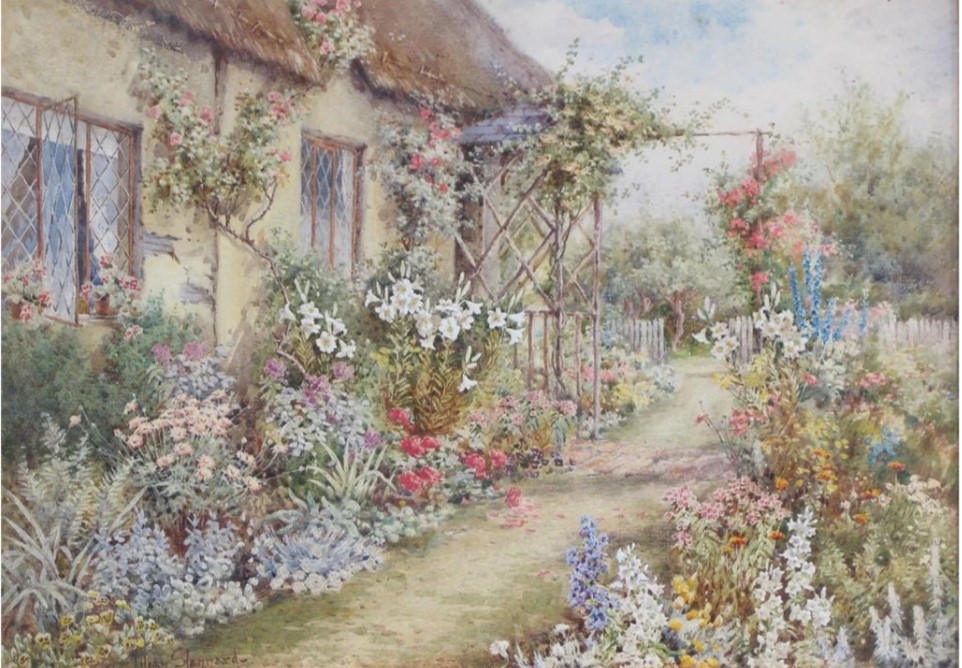
While not always (but sometimes) the gold standard for explaining concepts, Wikipedia describes “cottagecore” as:
“an internet aesthetic idealising rural life. Originally based on a rural European life, it was developed throughout the 2010s and was first named cottagecore on Tumblr in 2018. The aesthetic centres on traditional rural clothing, interior design, and crafts such as drawing, baking, and pottery, and is related to similar aesthetic movements such as grandmacore, goblincore, and fairycore.”
And from Dictionary.com:
“An aesthetic or imagery inspired by an old-fashioned, rural lifestyle, characterized by rustic décor and fashion, a revival of traditional handicrafts, etc. For many, cottagecore can seem like a respite in our overstimulated world.”
And from one site I do consider to often be a great authority on popculture: The Spruce:
“Based on an idealized back-to-nature concept of simpler times, its romanticized aesthetics center on natural materials, wholesome pastimes, handmade crafts, homemade baked goods, gardening, and other hallmarks of bucolic domesticity…
Its design characteristics include vintage and handcrafted items such as clothing, candles, furniture, and needlework.”
Many sources claim that the current popularity is a result of so many people trying to enjoy being at home more during the pandemic (cottagecore has a strong focus on the domestic sphere), but others consider it to be a result of a great fashion dynamic: the fact that trends cycle.
The origins of cottagecore
Most of the reputable sources I used for my research pointed to Ancient Greece as creating the first cottagecore craze. Once considered irrelevant and primitive, as Alexandria expanded to a dirty metropolis, the region of Arcadia began to be romanticized by the people of the area. Similar to cottagecore, idealizing Arcadia became more of a part of the collective consciousness rather than a destination. Says JSTOR:
“Arcadians were portrayed as hunters, gatherers, and sensualists living in an inclement landscape…”
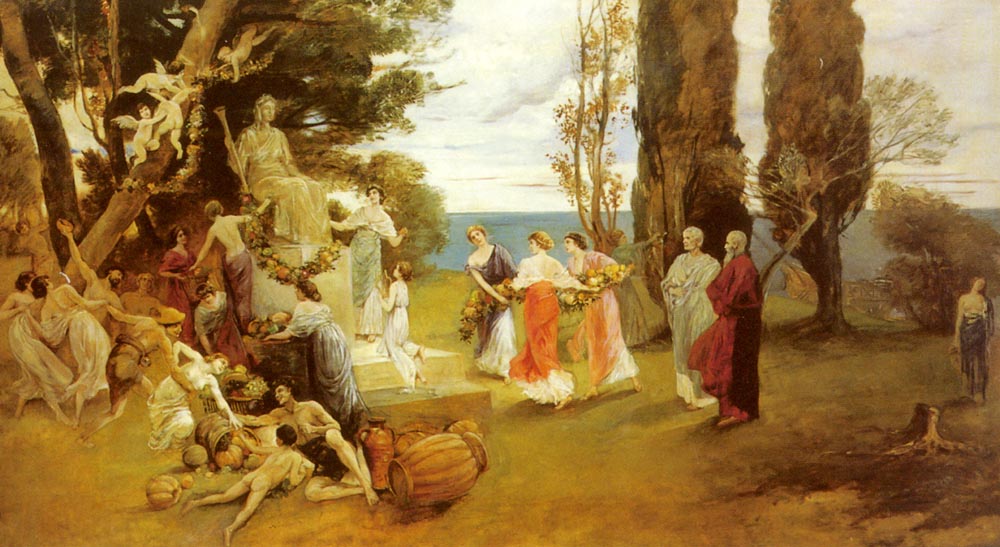
And as for the widely popular “pastoral” poetry written about the region:
“The target audience for this poetry, however, was the educated urban class who wanted to escape to the countryside while preserving their own refinement: “Theocritus’ shepherds (who seem to spend more time in pleasant conversation and lively love song contests, lying lazily during the resting hour on the grass by a river or spring, under shady trees, than in tending their flocks) move in an atmosphere of peace, quiet and happiness that is far removed from the harsh reality of pastoral life in all times and places,” write the scholars J. Vara and Joanna Weatherby in Mnemosyne.
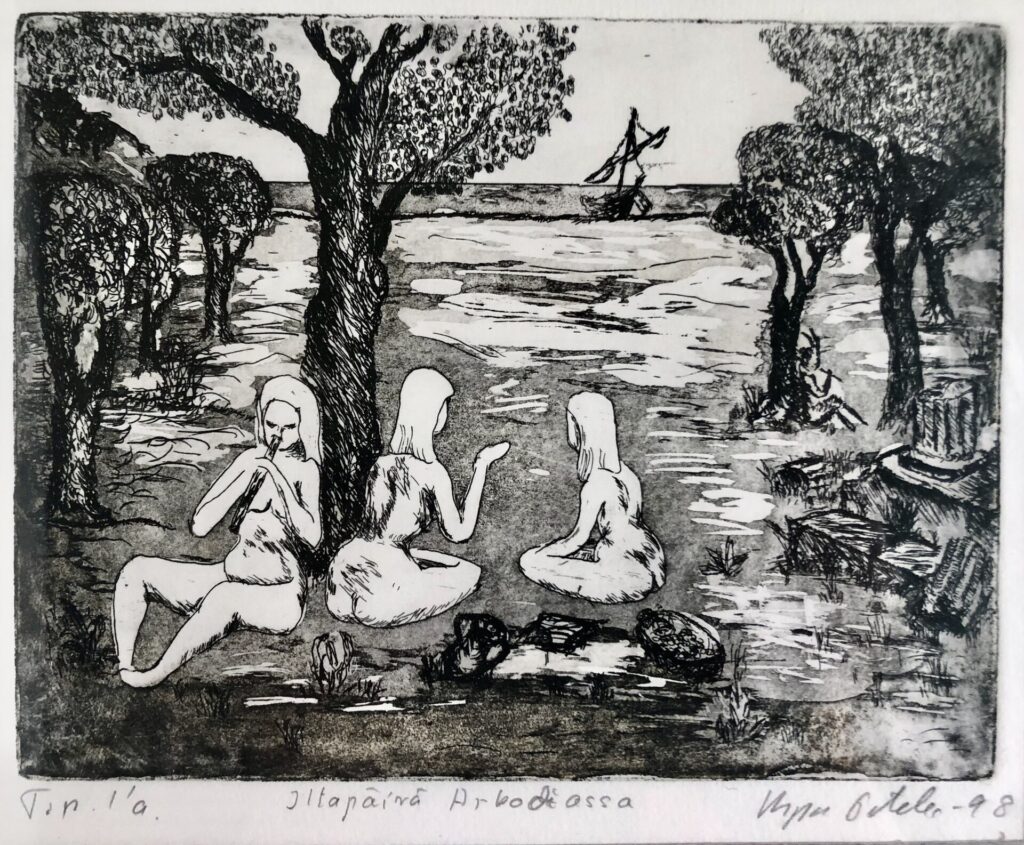
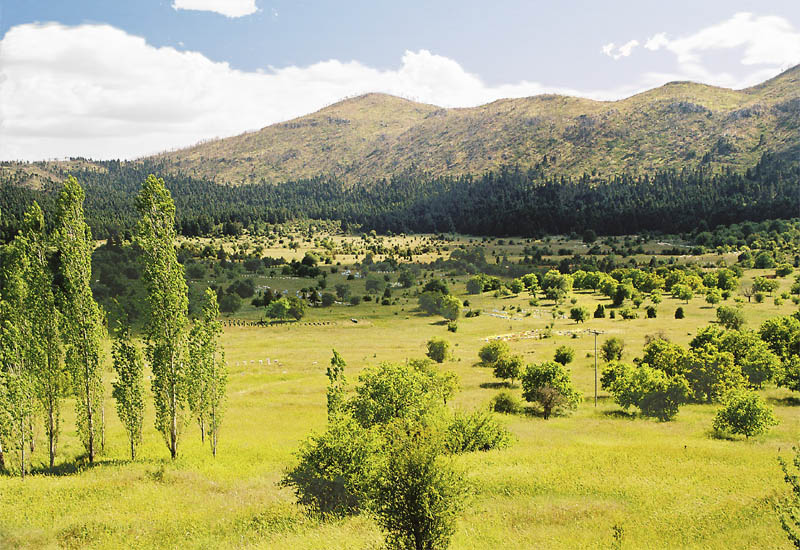
So much information exists on the link between cottagecore and Arcadia that I think there must be something to it. But for me, the cottagecore OG will always be one of my heroes, Marie Antoinette
Marie Antoinette’s cottagecore
If anyone needed an escape from the hustle and bustle and reality of modern life it was my girl Marie. Her life in the French royal family was full of stress. She was someone who was under the proverbial “constant microscope” and navigating harsh expectations placed on her each day.
She was also someone with the means of creating her very own escape from that world. And that would be Hameau de la Reine.
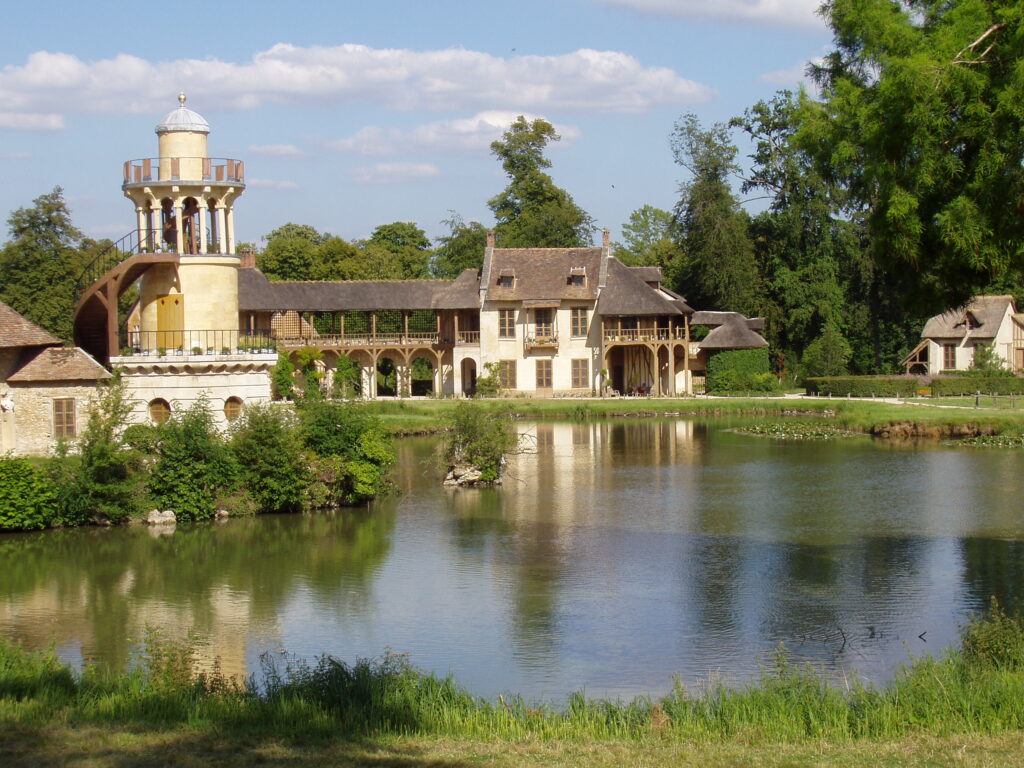
French for “The Queen’s Hamlet,” Hameau de la Reine was the Queen’s retreat from the castle and from her reality. Whereas her life at the palace was opulent at every turn, Hameau de la Reine was intentionally rustic. Similar to how those in Alexandria romanticized Arcadia, the French nobility seemed to be doing the same thing about country life, perhaps believing it was the answer to the extreme pressures around them, especially as political tensions boiled.
Says Wikipedia:
“A wave of naturalism and an affinity towards the “simple” life was sweeping across France in the 18th century. French aristocrats loved to act like shepherds and shepherdesses, while still enjoying the comforts of their social position. This idealism of the natural life came from the extremely influential works of Jean Jacques Rousseau, who emphasized Nature. The hamlet seemed completely rustic and natural from the outside, while the Rococo interior provided the desired comfort and luxury of the queen and her friends.”
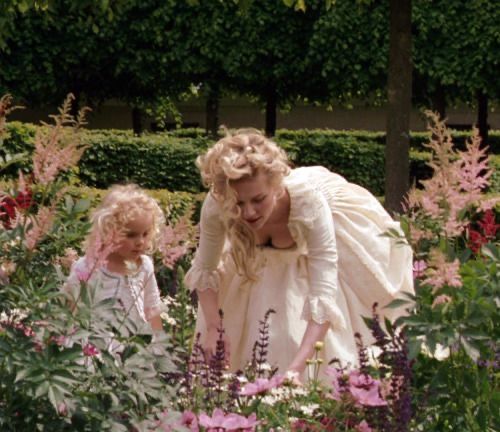
Besides creating her own little piece of domestic heaven, Marie Antoinette also famously adopted a country wardrobe that is quintessentially cottagecore still today. While she is remembered today for having the courage and a unique sense of style for being painted in the flowing muslin dresses, it was one of the many things that led to her ultimate demise and lack of popularity in France.
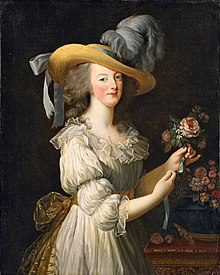
I will explore Hameau de la Reine in more detail in an upcoming post. Do you think it was the original cottagecore?
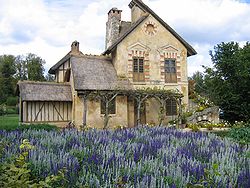
Flower power
One more origin of today’s cottagecore aesthetic is the hippie movement. This movement and its style focused on nature, a “back to the land” vibe, used clothing from previous decades, and personal decorative appeal.
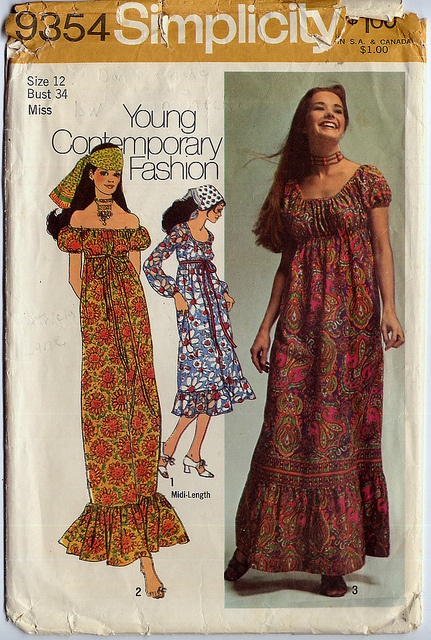
The “Back to the Land” movement was characterized by a focus on non-mainstream opinions of beauty, elevating nature, land reform, and fashion inspired by a simpler time. Sounds like cottagecore to me!
I belong to multiple cottagecore groups on Facebook and the following kitchen set is one of the most after treasures that people share to have found.
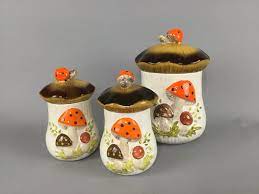
Why cottagecore is trending today
According to fantastic YouTuber Ariel Bisset via Wayfair, there are four fundamental reasons cottagecore is trending in 2023 – and it transcends pandemic dynamics. She cites the following forces:
-A response to hustle culture and an aspiration for slow living
Says Ariel:
“Life can feel like a grind and the way we decorate our homes and make them feel comfortable can be an escape from that. Cottagecore is the ultimate escape. Because it feels so nostalgic and comforting. It emphasizes taking things slow, small moments, and doing things with care. It’s a way to find a balance between the hecticness of life and the calmness you might want and desire.”
-A rejection of the digital aesthetic
People love their technology but don’t want to be surrounded by it. They want to remember and idealize the past. Cottagecore uses soft lines, soft colors, and pleasing textures, and reminds us that we can still create our own pleasing surroundings.
-Pop culture
Simply put, it is an aesthetic that is trending. People are influenced by what is popular and what we are exposed to, and cottagecore is no different.
-Trend cycles
As we just explored, an idealizing of the past and of nature is a trend that has reemerged through time. It is back!
The core elements of cottagecore
Ariel Bisset also outlined four core elements of cottagecore that I really enjoyed and thought were spot on. They are:
–Incorporating plant life and botanicals
From pastries to paintings to the popularity of “crazy plant ladies,” cottagecore begins with plants and expands from there. This is one of the things I love most about it.
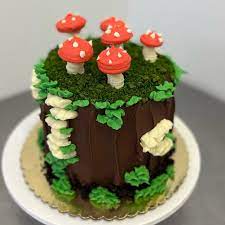
-Emphasis on Hobbies
Cottagecore encourages you to take the time to do things that make you happy. I love how Ariel Bisset explains it: not only does this movement focus on feeling good, but to actually incorporate your hobbies into the decor of your home. For instance, decorating with your baking supplies or crochet needles.
Are your hobbies a part of your interior design? Let us know in the comments!
–Vintage-inspired wooden furniture
Wooden furniture pairs perfectly with plants and botanicals and has become a part of the look. As Ariel Bisset puts it: “If you can imagine it falling from a pirate ship and washing up onshore, it’s cottagecore.”
–Natural colors and light pastels
After all, cottagecore is about feeling good, right? This lovely dress from Recollections is a great example of these pastels:
Cottagecore fashion
I wear a lot of cottagecore dresses and tops and have come up with my own list of its core tenants.
Long, flowing skirts
Corset-inspired tops
Puffy sleeves
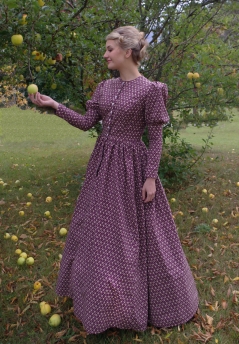
History-inspired bodices
Collars
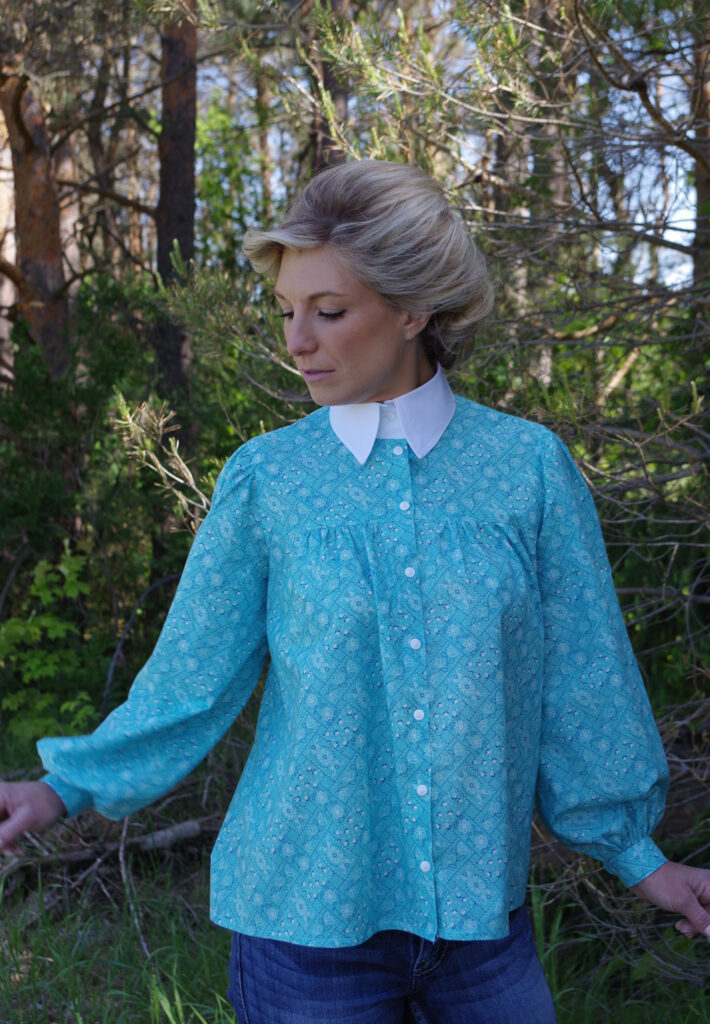
Do you love fashion trends? Check out these posts:
The rise and fall of puffy sleeves
1960s fashion: the long and short of it
A short history of thrift stores: from Charles Dickens to today


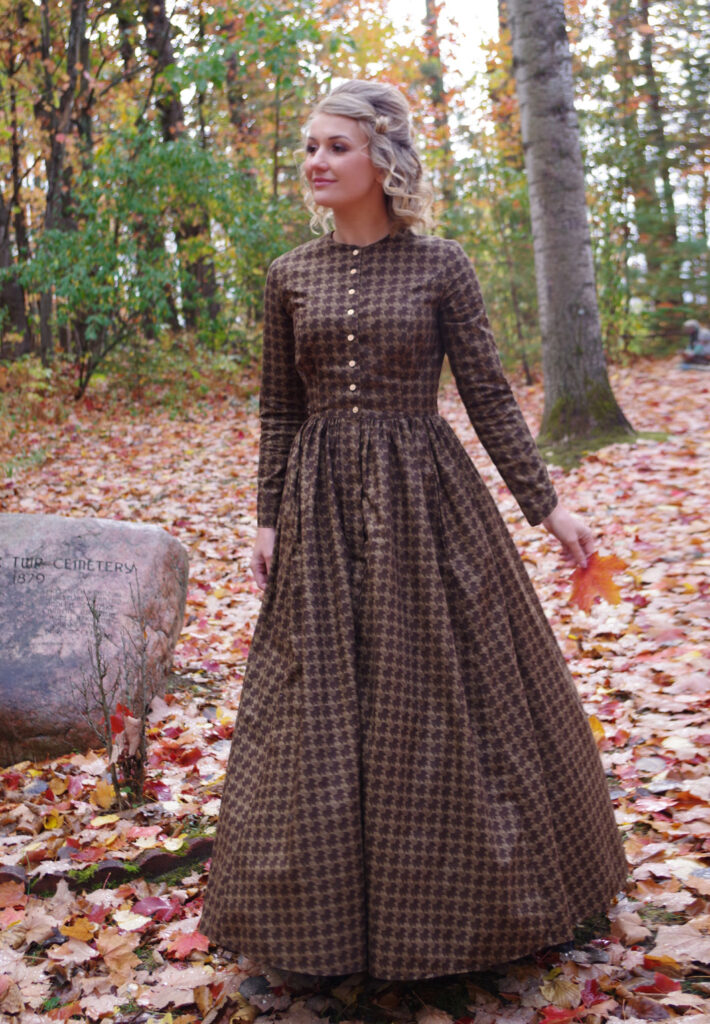
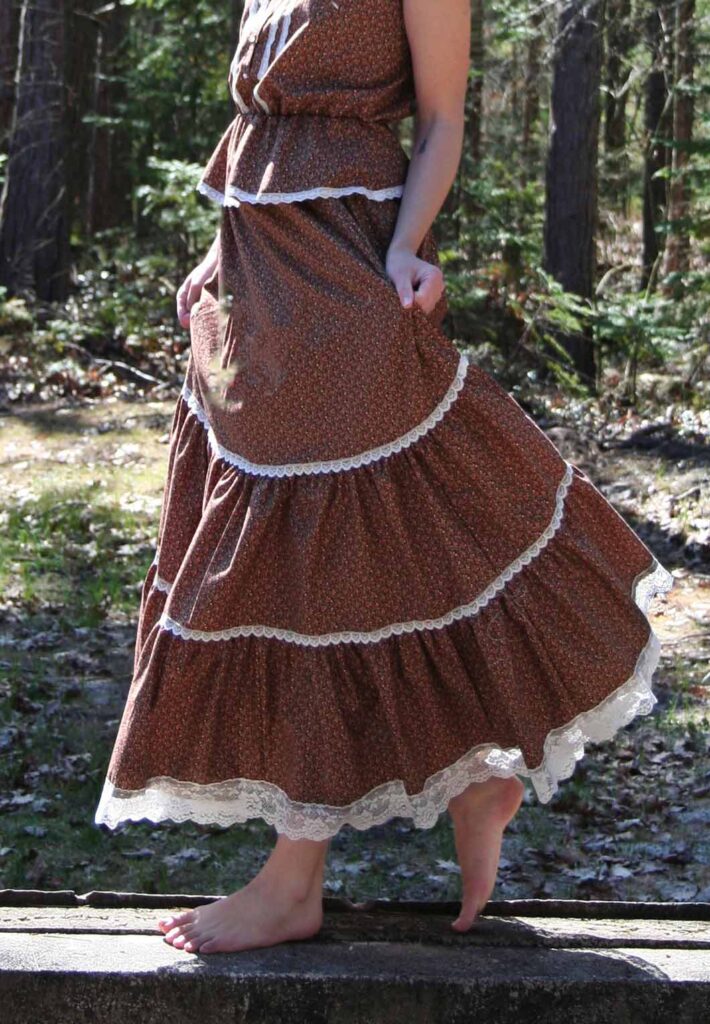
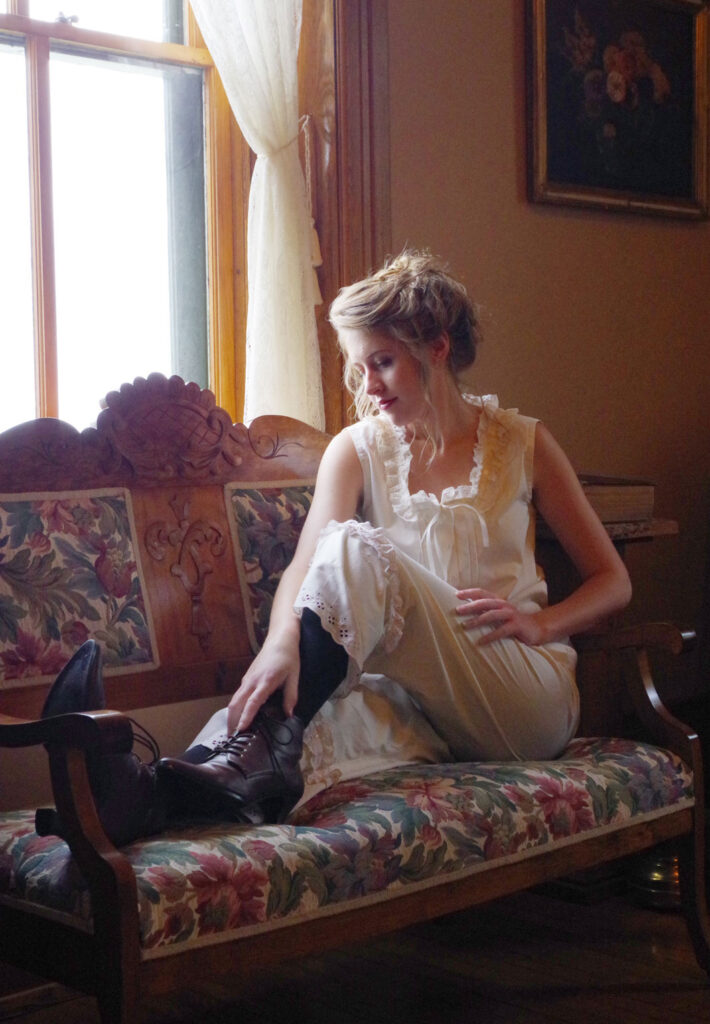
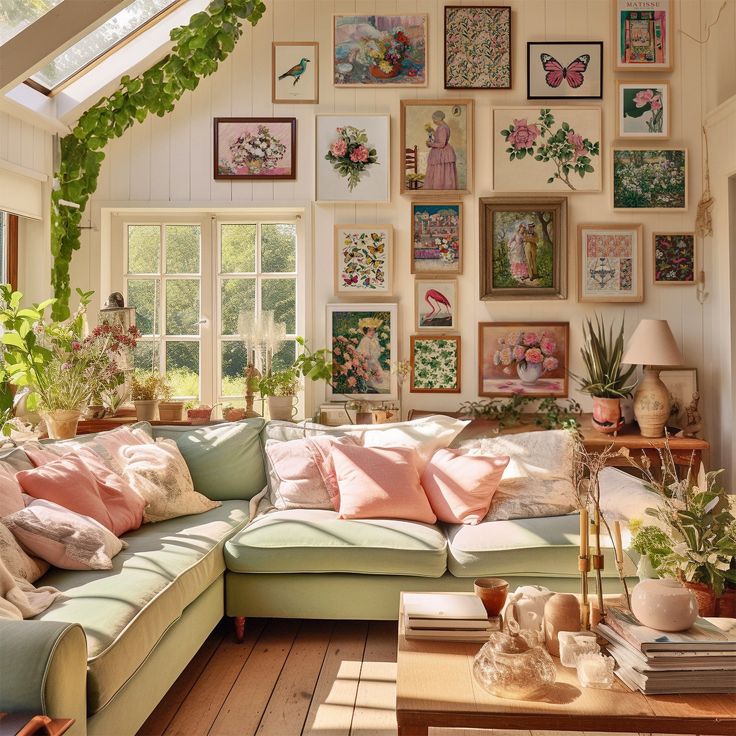
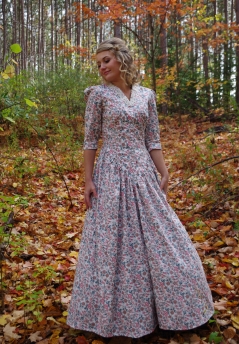
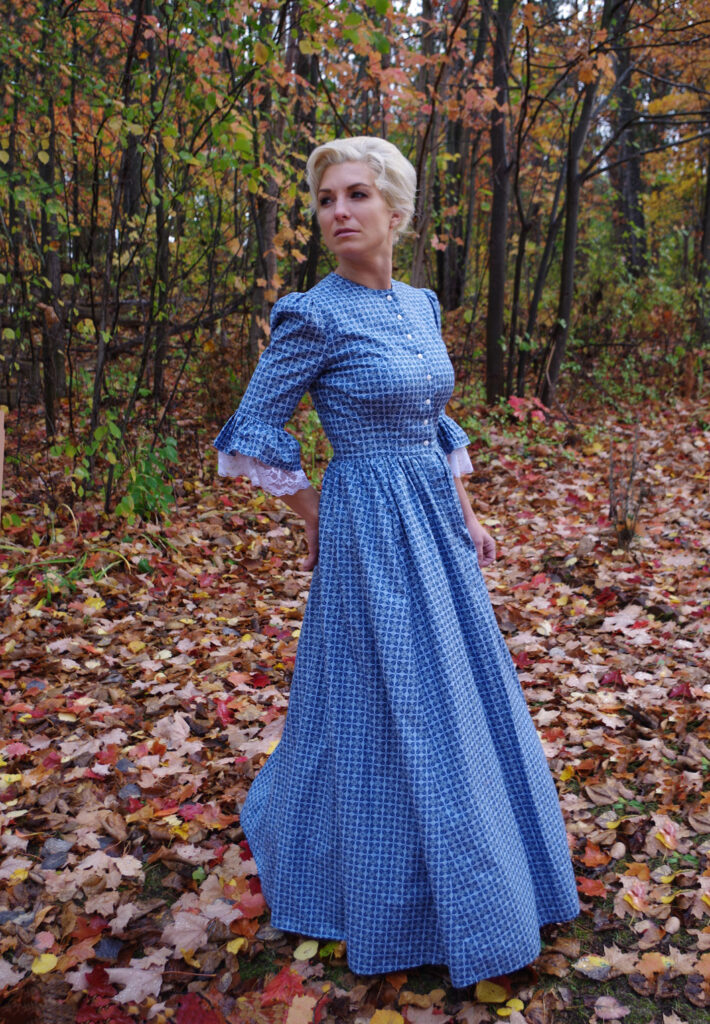
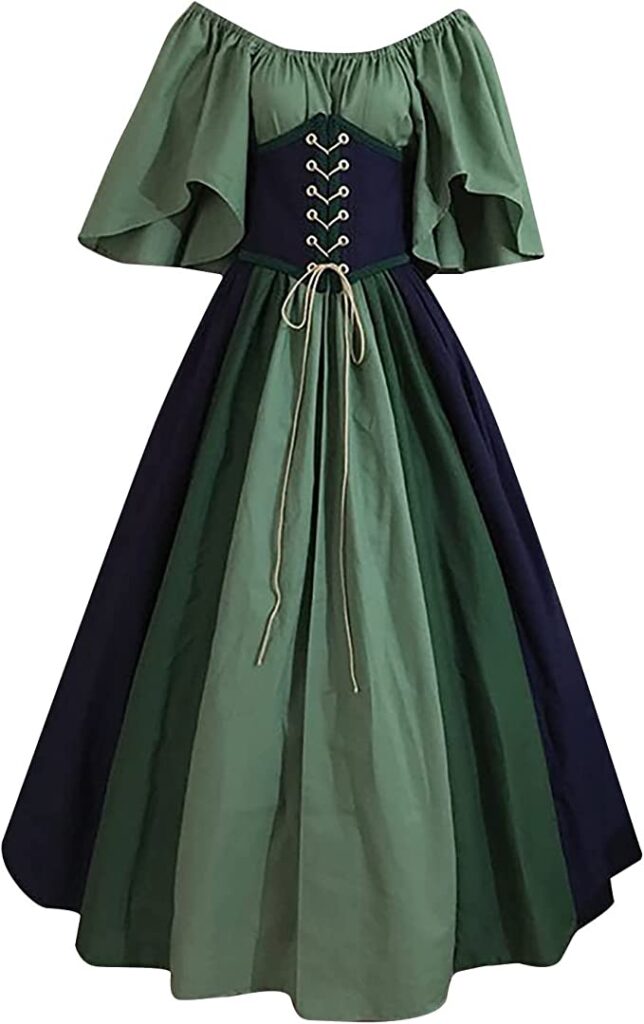
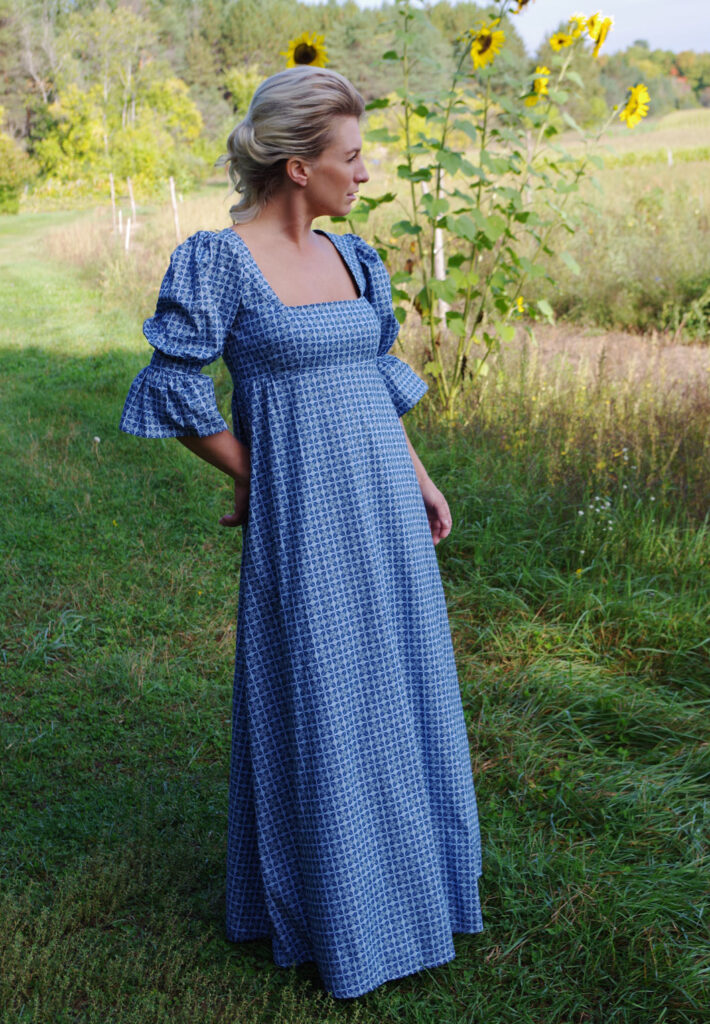
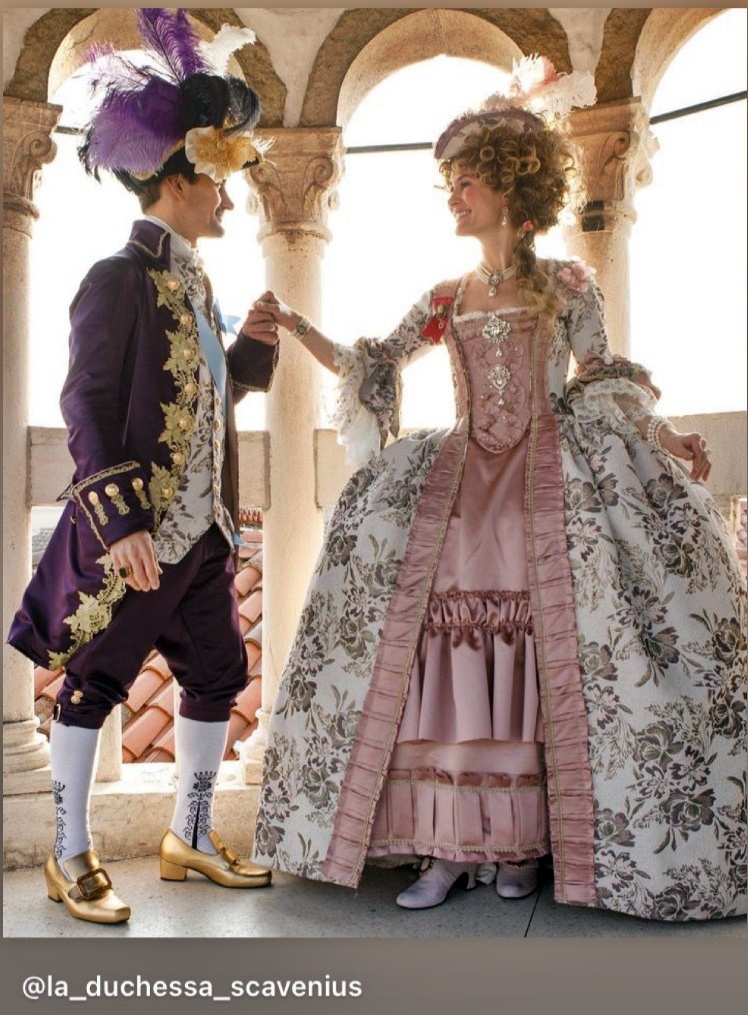
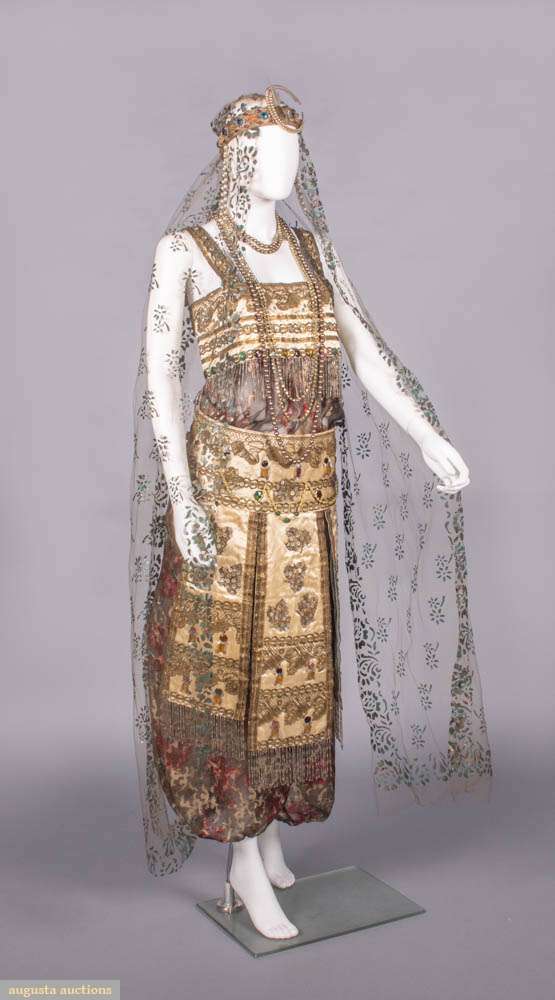


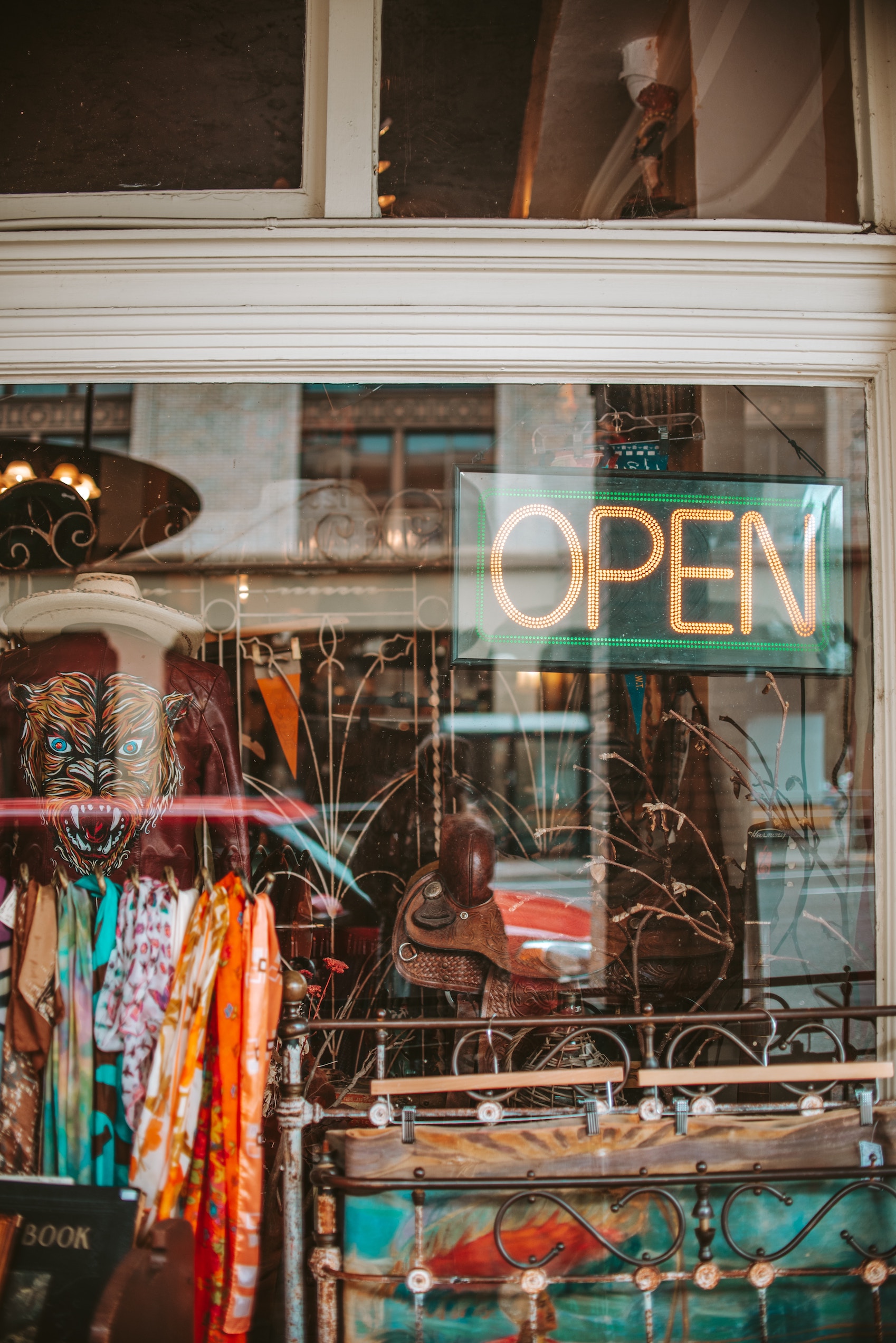
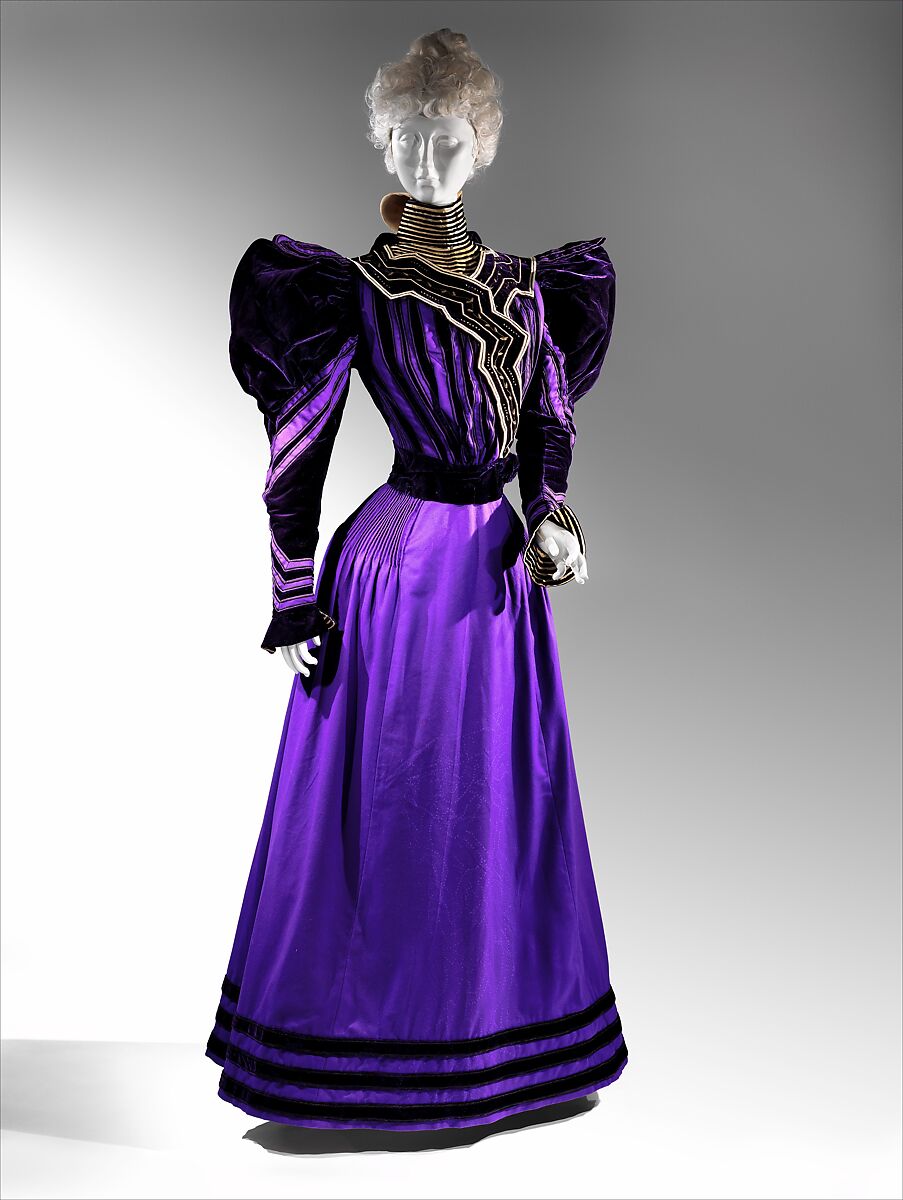


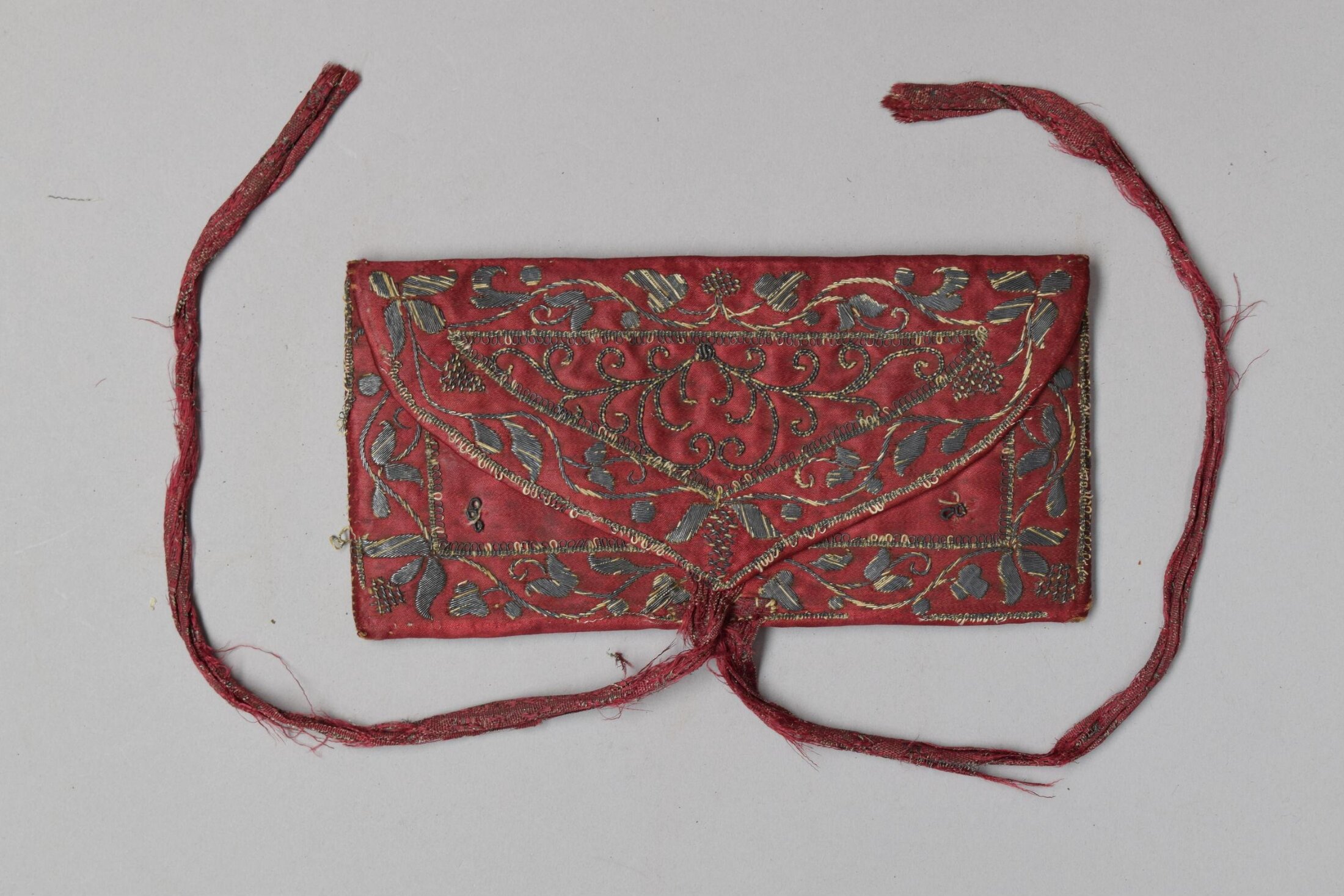
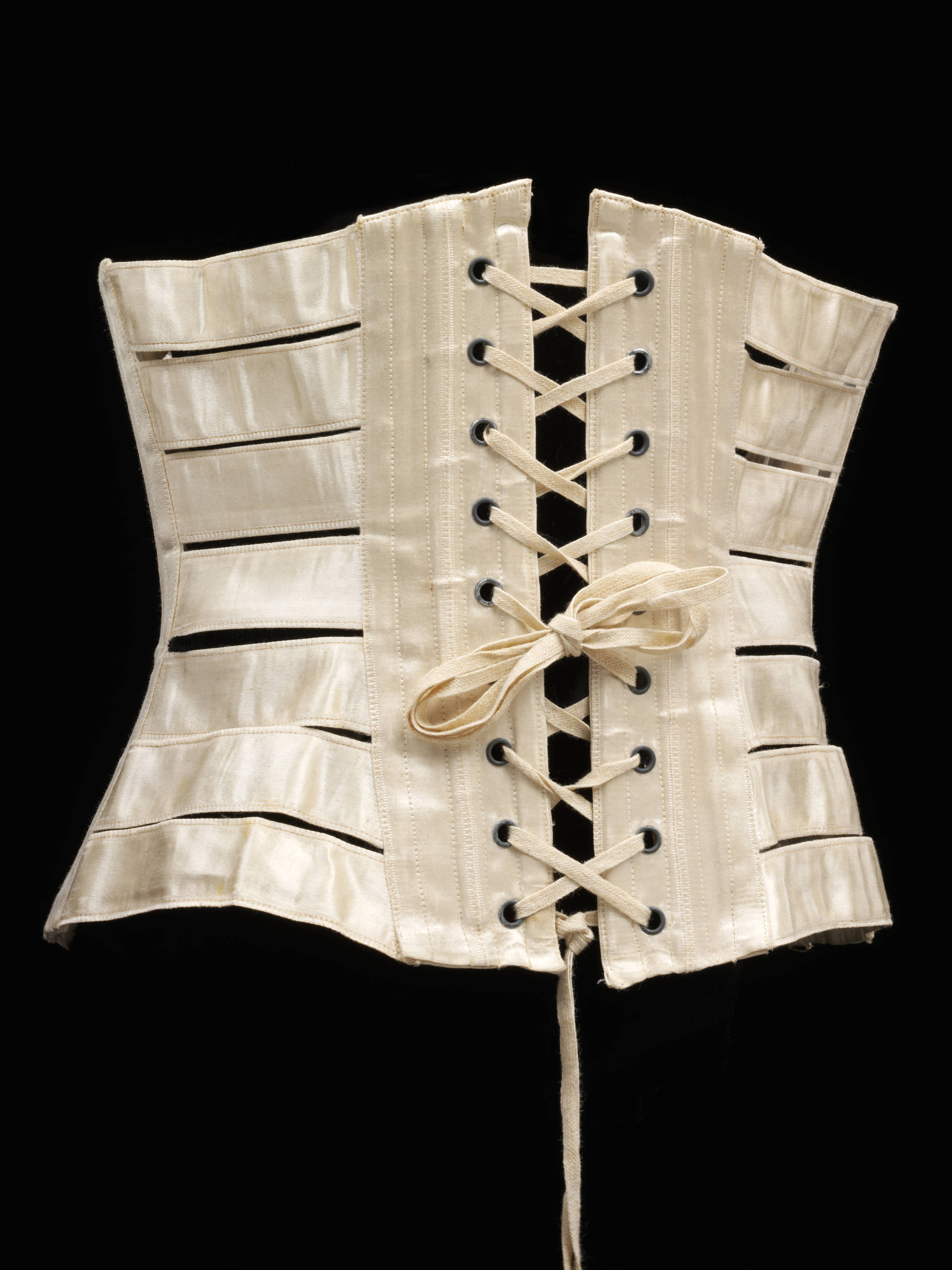
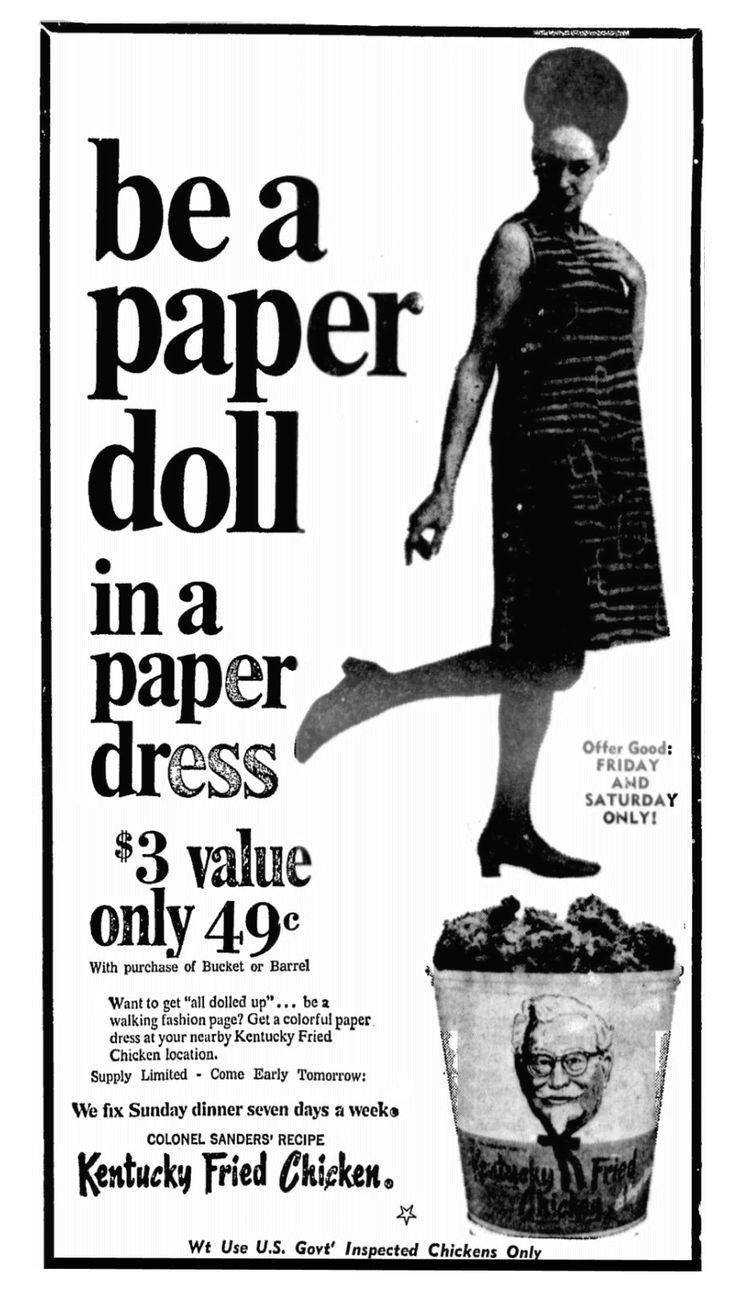
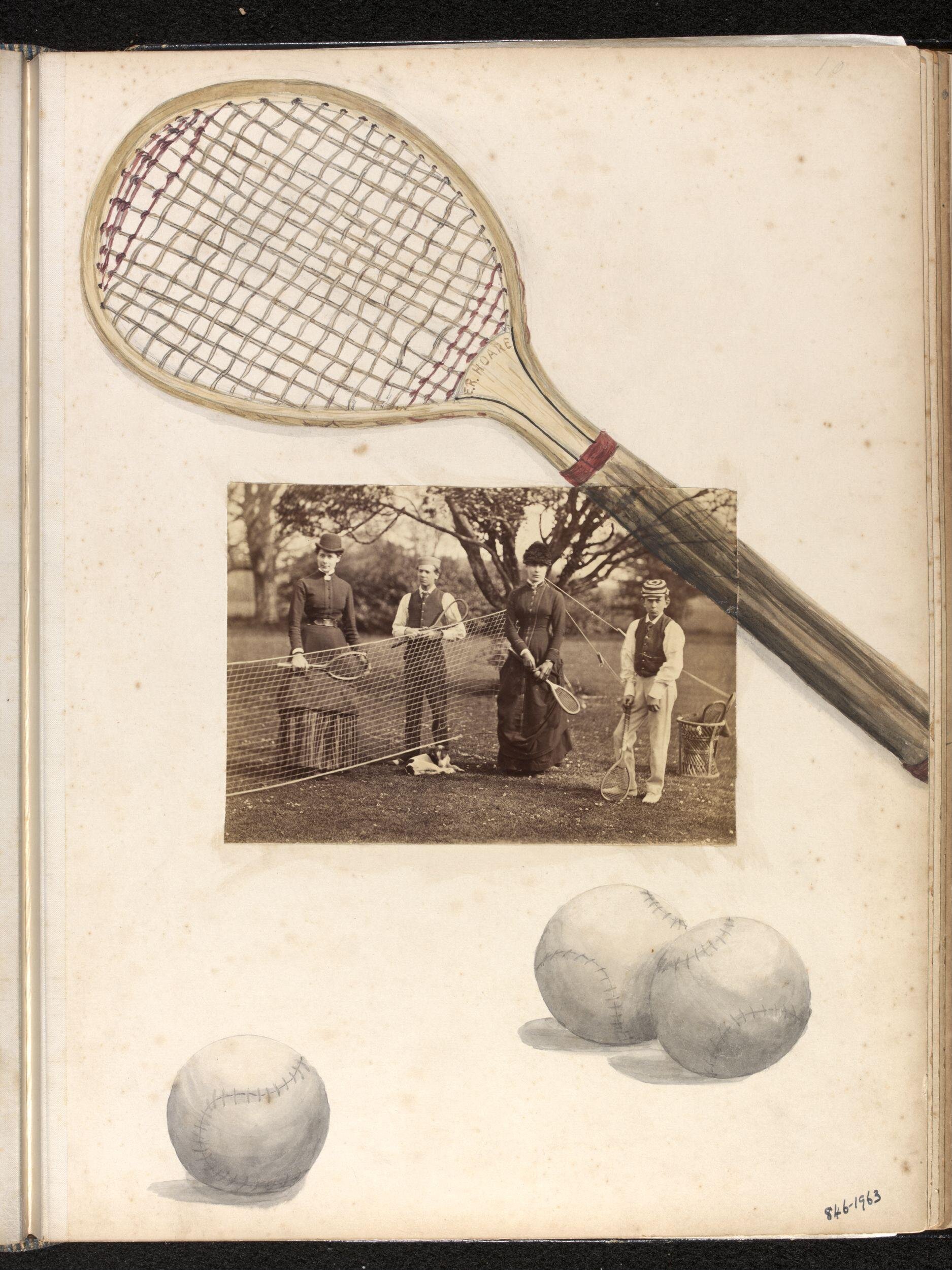
Leave A Comment